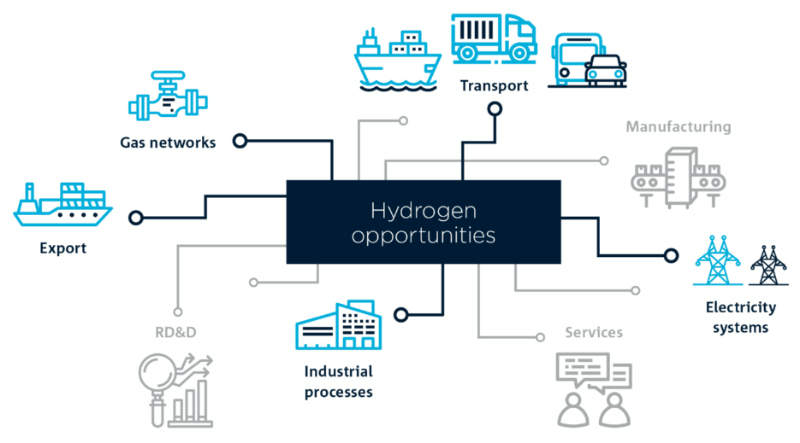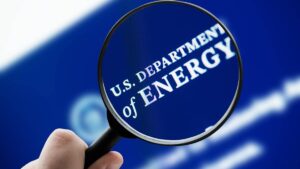Hydrogen could be worth $11bn by 2050, more research needed: CSIRO

Pic: Yuichiro Chino / Moment via Getty Images
Australia’s fledgling hydrogen industry could be worth up to $11 billion and employ 7,600 people by 2050, according to national science agency the Commonwealth Scientific and Industrial Research Organisation (CSIRO).
In its report, the CSIRO found that further research could solve industry challenges and create five key national opportunities: hydrogen exports; integration of hydrogen into gas networks; transport; electricity systems; and industrial processes.
Australia currently has 23 institutions that are actively exploring hydrogen in various technology and research areas as well as a further 23 hydrogen specific demonstration projects and research facilities across Australia.
The report comes as Australia’s largest gas distributor Australian Gas Networks (AGN) kicked off construction of an $11.4m production facility at the Tonsley Innovation District south of Adelaide.
This is part of a demonstration project that blends renewable hydrogen into the local gas distribution network, with residents in some parts of Adelaide to become the state’s first natural gas customers to receive a blended product with 5 per cent renewable hydrogen.
CSIRO research director Dr Patrick Hartley said the organisation was on a mission to bring together industry, government and other research organisations to fast-track emerging hydrogen technologies.
“This isn’t limited to the domestic industry development – we’ll link Australian expertise with international projects,” Dr Hartley said.
“The overall focus will be on enabling Australia’s domestic and export hydrogen industries.
“Importantly, solving the challenges identified can have a multiplier effect that boosts demand for hydrogen – particularly in large scale industrial settings – and encourages further hydrogen supply cost reductions through improvements in efficiency and economies of scale.”

Meanwhile, AGN chief executive officer Ben Wilson said the South Australian Hydrogen Park SA facility, which will feature a 1.25 megawatt electrolyser to split water into hydrogen and oxygen, will be the first Australian demonstration project of its scale and size.
He added that the project, which received a $4.9m grant from the South Australian government’s Renewable Technology Fund, represented the first step towards decarbonising South Australia’s gas networks.
“The decarbonisation challenge is huge and many solutions are needed for Australia to meet its emission reduction targets, and that includes gas stepping up to play its part,” Wilson said.
“Developing the hydrogen economy will also play a key role and the momentum around hydrogen is building with burgeoning research and development underway.
“Commercial hydrogen production is achievable and can decarbonise Australia’s energy mix while at the same time accessing export markets.”
Last month, the Tasmanian government said that it was looking to leverage its abundant renewable energy resources to become a world leader in large-scale renewable hydrocarbon production.
It said that a 1,000 megawatt facility capable of supplying 1 million homes could be feasible by 2030.
Meanwhile, Queensland has established a Townsville Hydrogen Industry Working Group to attract industrial development to the city’s Southern Industrial Corridor.
Now read:
Behind the scenes, hydrogen fuel tech is growing up fast
UNLOCK INSIGHTS
Discover the untold stories of emerging ASX stocks.
Daily news and expert analysis, it's free to subscribe.
By proceeding, you confirm you understand that we handle personal information in accordance with our Privacy Policy.








